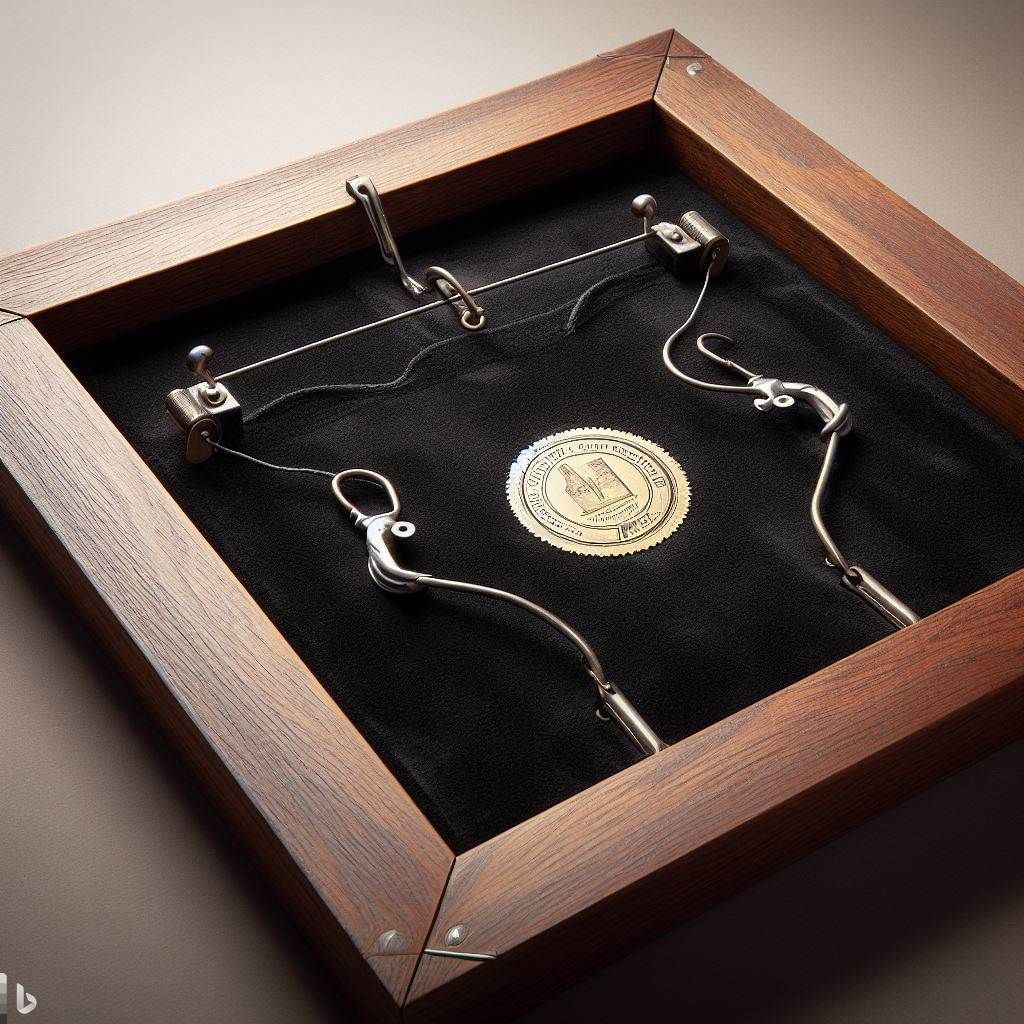What is Conservation Art Framing?
Imagine investing in a timeless piece of art, only to watch it deteriorate over time. Conservation art framing can help you showcase your fine art while offering protection against contaminants and environmental factors like UV radiation that can damage the paint, paper, or canvas.
Degradation can reduce your piece’s historical, cultural, and monetary value. If you have a cherished art piece you want to preserve, a standard framing service may not provide enough long-term protection. Discover how conservation framing can safeguard your art collection against the ravages of time.
Why Conservation Art Framing is Important
Art is a reflection of human creativity, history, and culture. However, like all tangible treasures, art is vulnerable to the effects of time and the environment.
One of the primary threats to art is sunlight. Ultraviolet rays can fade and deteriorate the color pigments and materials of an artwork. Humidity can warp, swell, or contract materials, leading to irreversible damage. Pollutants in the air can react with the materials in the artwork, causing discoloration, degradation, or even complete loss of certain elements.
Conservation framing acts as a shield, protecting art from these external threats and ensuring that the brilliance and integrity of the piece remain unscathed. In addition to preservation from external factors, conservation framing helps ensure the longevity of artwork for future generations. It protects your art pieces for decades or centuries, allowing future generations to connect with the past, understand their heritage, and appreciate the evolution of art and culture.
Art also holds significant monetary value, especially pieces by renowned artists or those with historical significance. An artwork that is well-preserved and protected from damage retains its market value, ensuring that your investment in art remains secure.

Components of Conservation Art Framing
Conservation picture framing uses quality archival frames to protect and display artwork long-term. Archival picture frames use various components made from specialized materials to prevent environmental or external elements from damaging the paper or media used to create the artwork. The essential features of a conservation art frame include:
Frame Back
The framer starts at the back of the frame. This backing, often referred to as the dust cover, shields the artwork from dust, moisture, atmospheric pollution, and climatic changes. The backing materials are acid-free and buffered to prevent future acid formation. The dust board is secured with pH-neutral adhesives or tapes, and then a backing board is added for strength and rigidity. The backing board is often made from corrugated paper board, plastic, or solid foam core boards.
Back Mat
The next layer is the back mat. This layer, ideally made of 100% rag, is crucial as the entire artwork rests against it. It should be acid and lignin-free to offer the safest support. Lignin is a complex organic polymer found in the cell walls of most plants. It contains sulfur, which can cause yellowing and brittleness in paper-based products like fine art.
Attaching Art to the Back Mat
Properly attaching the artwork to the back mat is the most crucial step in archival framing. The Library of Congress recommends using acid-free Japanese tissue hinges with wheat or rice starch paste as adhesives. These are both acid-free and reversible. While new products like mounting strips and corners offer adhesive-free mounting, traditional Japanese hinging is the preferred choice among conservators because it requires minimal contact between the artwork and the back mat, reducing the risk of damage long-term.
Window Mat
The window mat is positioned above the artwork, providing strength and support and creating an air gap between the artwork and the glazing. It should be made of 100% rag, acid-free, buffered, and free from alum or lignin. Most conservation framers use neutral-colored mattings like white or cream to prevent color bleeding.
Glass or Acrylic Glazing
The final layer is the glazing, which can be made of glass or Plexiglas. Modern glazing materials have UV filtering layers, protecting artwork from harmful light. It’s essential to choose a glazing that has anti-reflective properties so it doesn’t alter the artwork’s appearance too much and ensures it doesn’t touch the artwork directly.
Conservation vs. Regular Framing
Conservation and regular framing serve the primary purpose of displaying artwork, but they differ in approach and intent.
Conservation framing uses specialized materials and techniques to protect and preserve artwork for the long term. It uses UV-protective glazing, acid-free matting, and sealed frames to shield art from environmental threats. Regular framing focuses more on aesthetics than preservation, often using standard materials like untreated glazing or non-acid-free matting that might not offer the same level of protection.
In terms of costs, conservation framing tends to be more expensive due to the high-quality materials and expertise required. Regular framing uses generic, mass-produced material, which is generally more affordable.
Choosing between the two often depends on the artwork’s value and intended longevity. For valuable or sentimental pieces or those you wish to preserve for future generations, conservation framing is the right choice. However, for decorative or temporary displays where preservation isn’t a primary concern, regular framing is ideal.
Protect Your Valuable Art With Conservation Framing
Choosing the right framing method for your artwork is an investment in the piece’s longevity and value. While conservation framing might come with a higher initial cost, its benefits in preserving and protecting invaluable artwork are unmatched.
Whether you’re framing a priceless heirloom or a cherished photograph, always consider the artwork’s significance, value, and intended lifespan when making your framing decision.

